
In Brazil’s Serrote do Letreiro, researchers uncovered a rare convergence of history: 9,000-year-old rock art found beside dinosaur footprints. These remarkable findings, published in Scientific Reports, shed light on the ancient interplay between human curiosity and prehistoric life. The site in the Sousa Basin reveals evidence of ancient hunter-gatherers creating petroglyphs near dinosaur tracks, offering a fascinating glimpse into how early humans engaged with their environment and the mysteries it held.
Ancient Rock Art Meets Dinosaur Tracks
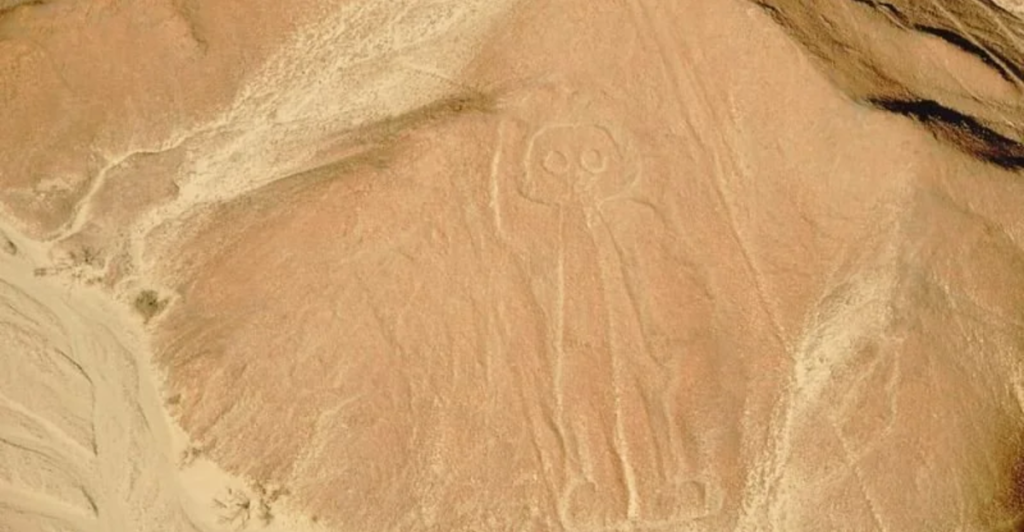
This groundbreaking discovery revealed petroglyphs, a type of rock art situated mere inches from massive dinosaur footprints. Researchers suggest that prehistoric humans deliberately chose this site, recognizing the significance of the prints. These tracks believed to be from the Cretaceous Period (ending 66 million years ago), were likely a source of intrigue and reverence for ancient societies, inspiring the creation of intricate carvings that may depict the footprints themselves.
Collaboration Through Time and Technology

While the petroglyphs were first noted in 1975, their proximity to dinosaur tracks was only recently identified. Thanks to drone technology, researchers were able to map the site comprehensively, revealing the intricate relationship between the carvings and footprints. This modern innovation highlights how ancient artifacts can offer fresh insights when explored with new tools, bridging the gap between past and present scientific advancements.
Meaningful Placement by Ancient Humans

Experts believe the placement of the petroglyphs near the footprints was intentional. Some carvings sit just 2–4 inches away, underscoring the importance of these tracks to the people who created the art. “It would have been impossible to overlook their presence,” lead researcher Leonardo Troiano said. This intentionality suggests that early humans were fascinated by the prints and possibly viewed them as meaningful or spiritual symbols.
Serrote do Letreiro’s Unique Significance
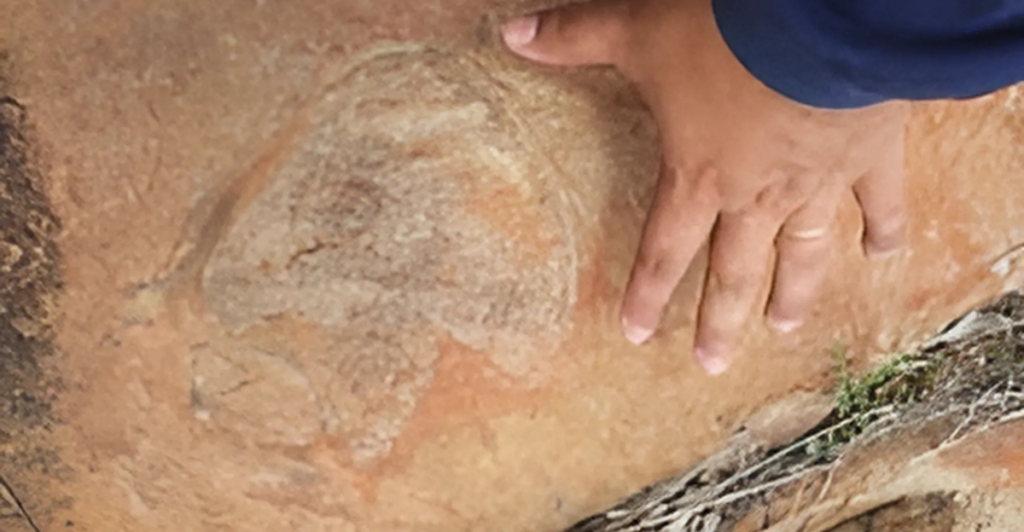
Located near Brazil’s renowned Valley of the Dinosaurs, Serrote do Letreiro, or “Signpost Hill,” holds immense historical value. The Valley is famous for its hundreds of fossilized dinosaur tracks, making this site a natural focal point for paleontologists and archaeologists. Ancient carvings alongside these footprints deepen the site’s significance, blending two disciplines to uncover the human story within the prehistoric landscape.
Middle-Schoolers Join the Research
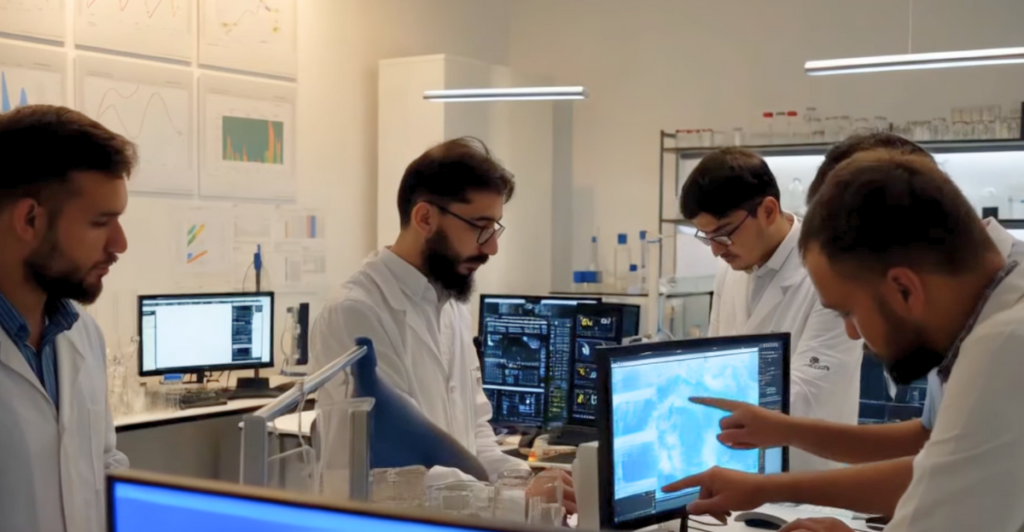
In 2023, middle-school students joined researchers at the Serrote site, learning firsthand about the intersection of paleontology and archaeology. The students helped document the findings, photographing dinosaur tracks and rock art. This collaboration enriched the study and inspired the next generation of scientists. It showcased how educational initiatives can contribute to groundbreaking discoveries, blending learning with meaningful scientific contributions.
Tracks of Varied Dinosaurs
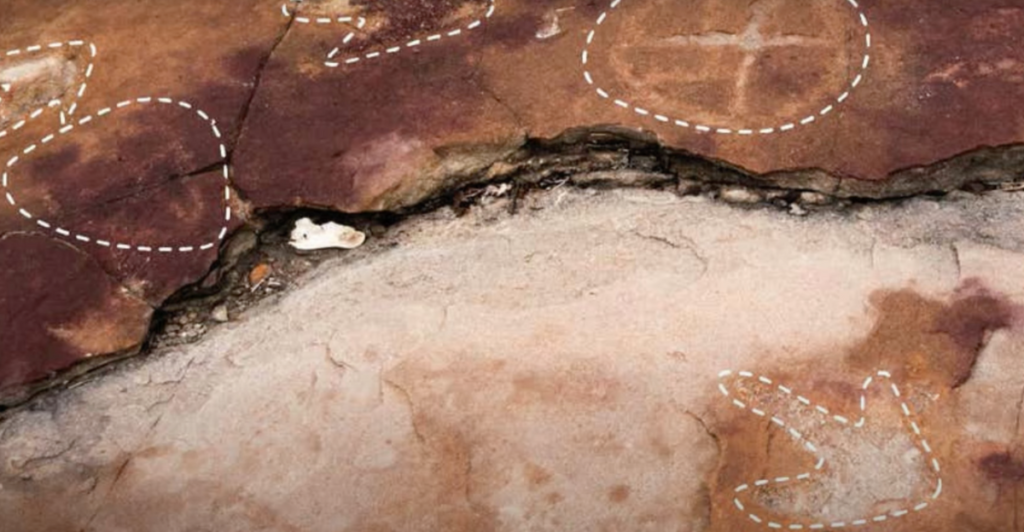
The footprints at the site belonged to various dinosaur species, including theropods (meat-eaters), sauropods (long-necked giants), and ornithopods like iguanodontians. These tracks highlight the diversity of life during the Cretaceous Period. Their preservation alongside human-made carvings offers a unique glimpse into a time when humans and remnants of prehistoric creatures shared the same terrain, sparking awe and curiosity.
The Creation of Petroglyphs

The rock carvings, made between 9,400 and 2,620 years ago, feature geometric patterns such as circles and lines. Researchers identified two techniques: perforation, involving stone hammers to create stippling effects, and scraping, where stones were rubbed against surfaces to form engravings. These methods reflect the ingenuity and resourcefulness of ancient humans in creating enduring artwork that captures their connection to the world around them.
Rituals and Community Art

The petroglyphs may have been created during rituals, with people gathering to craft the designs. Lead researcher Troiano suggests that these gatherings included the use of psychotropic substances to enhance the experience. This communal act of creation could have been a way to interpret or honor the mysterious dinosaur footprints, weaving them into their lives spiritual and social fabric.
Linking Spirituality and Nature

An anthropology professor, Jan Simek, noted how ancient humans often tied spiritual meanings to unexplained phenomena. The dinosaur tracks likely inspired awe, prompting early societies to incorporate them into their rituals and beliefs. This discovery provides another example of humanity’s enduring tendency to connect the natural and spiritual worlds, using imagination to make sense of the unknown.
Insights from the Petroglyphs

The carvings offer valuable evidence about the lifestyles of the region’s ancient inhabitants, seminomadic hunter-gatherers who relied on stone tools. These petroglyphs not only represent artistic expression but also hint at the societal and cultural practices of the time. They reflect how these early humans engaged with their surroundings, leaving behind a legacy that intrigues modern researchers.
A Fascinating Intersection of Disciplines
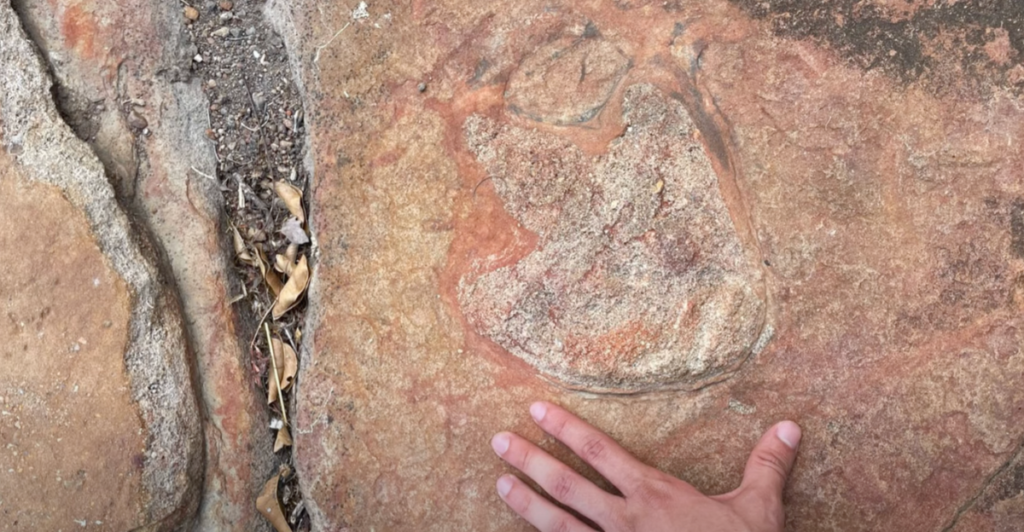
This discovery bridges paleontology and archaeology, revealing how humans and remnants of prehistoric life coexisted in a shared landscape. By studying the proximity of rock art to the footprints, scientists gain a deeper understanding of how ancient people perceived their environment, blending science and art to interpret the mysteries of their world.
Preserving the Legacy
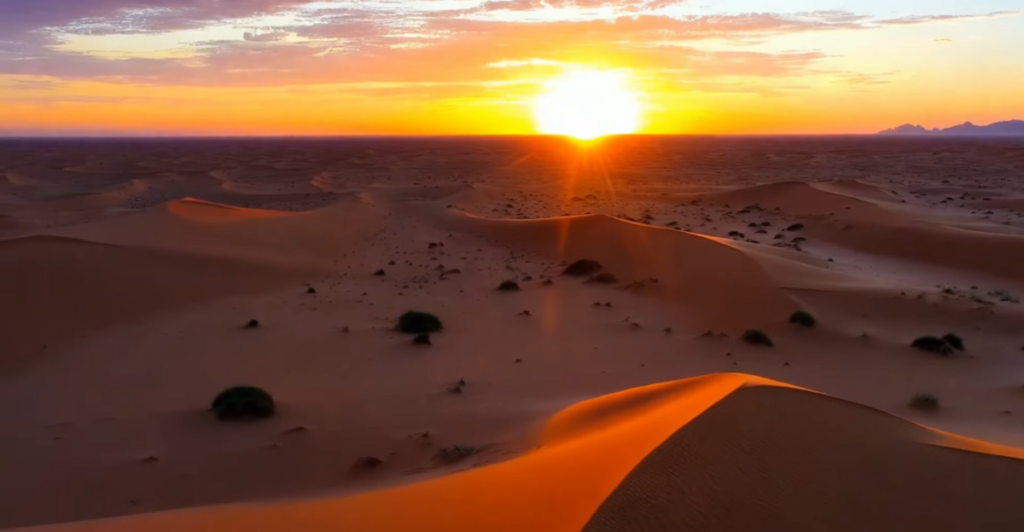
The findings at Serrote do Letreiro underscore the importance of preserving sites that hold both natural and cultural heritage. They remind us of humanity’s enduring curiosity and creativity in interpreting the unknown. By continuing to explore and protect such sites, researchers and educators can uncover more about the profound connections between past, present, and future generations.
Stay connected with us for more stories like this! Follow us to get the latest updates or hit the Follow button at the top of this article, and let us know what you think by leaving your feedback below. We’d love to hear from you!







